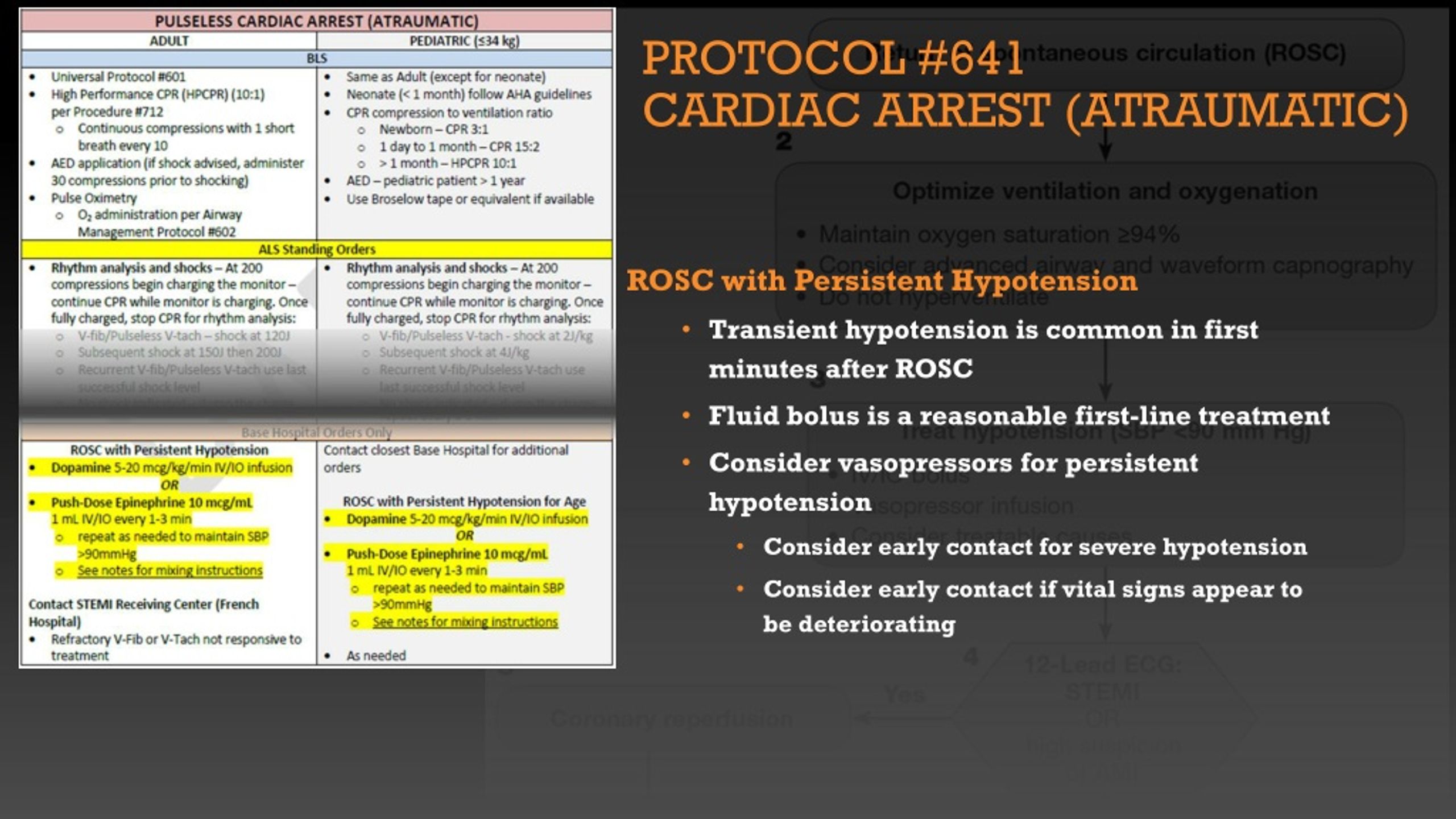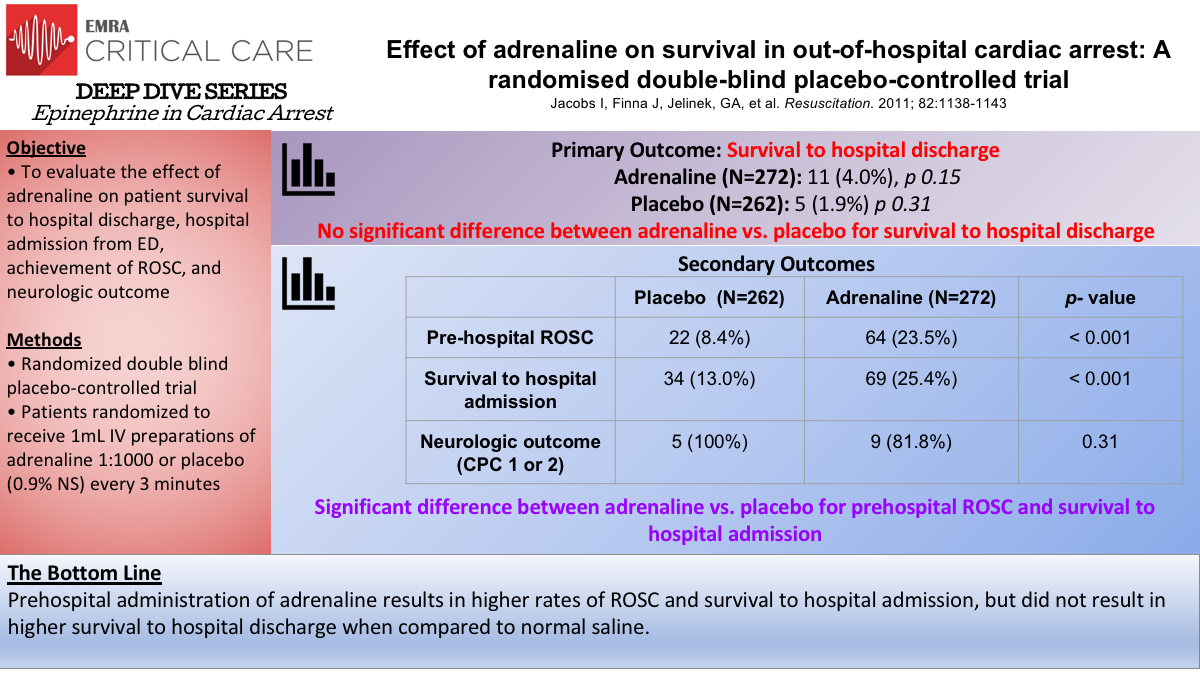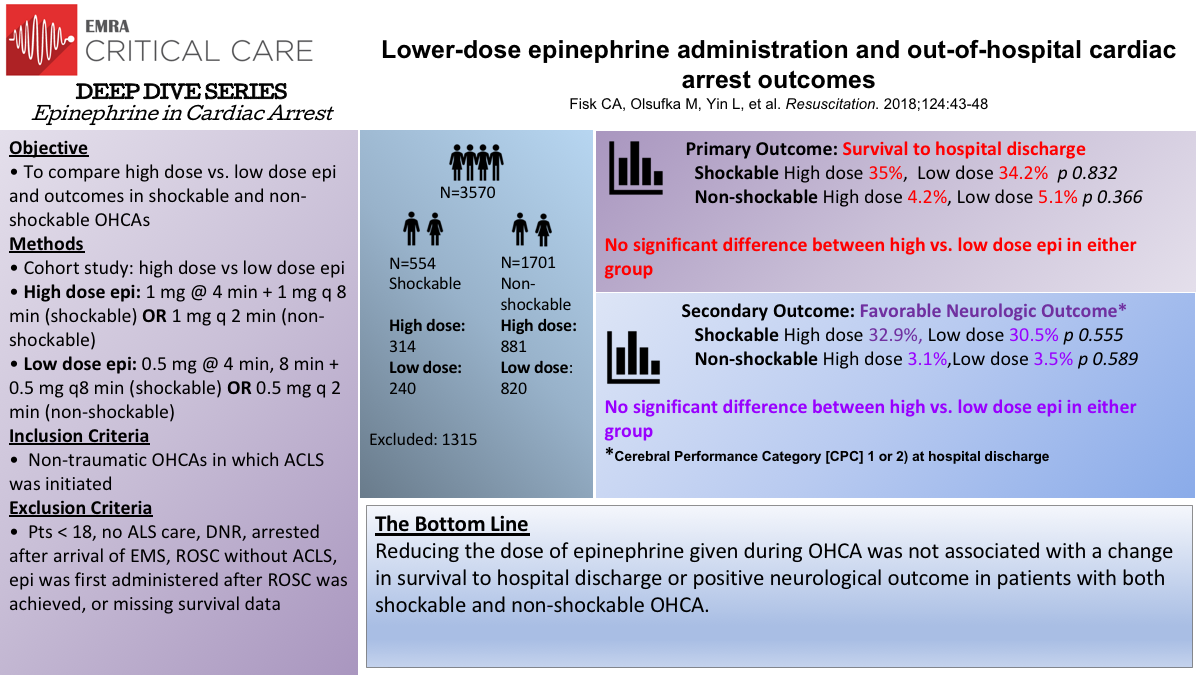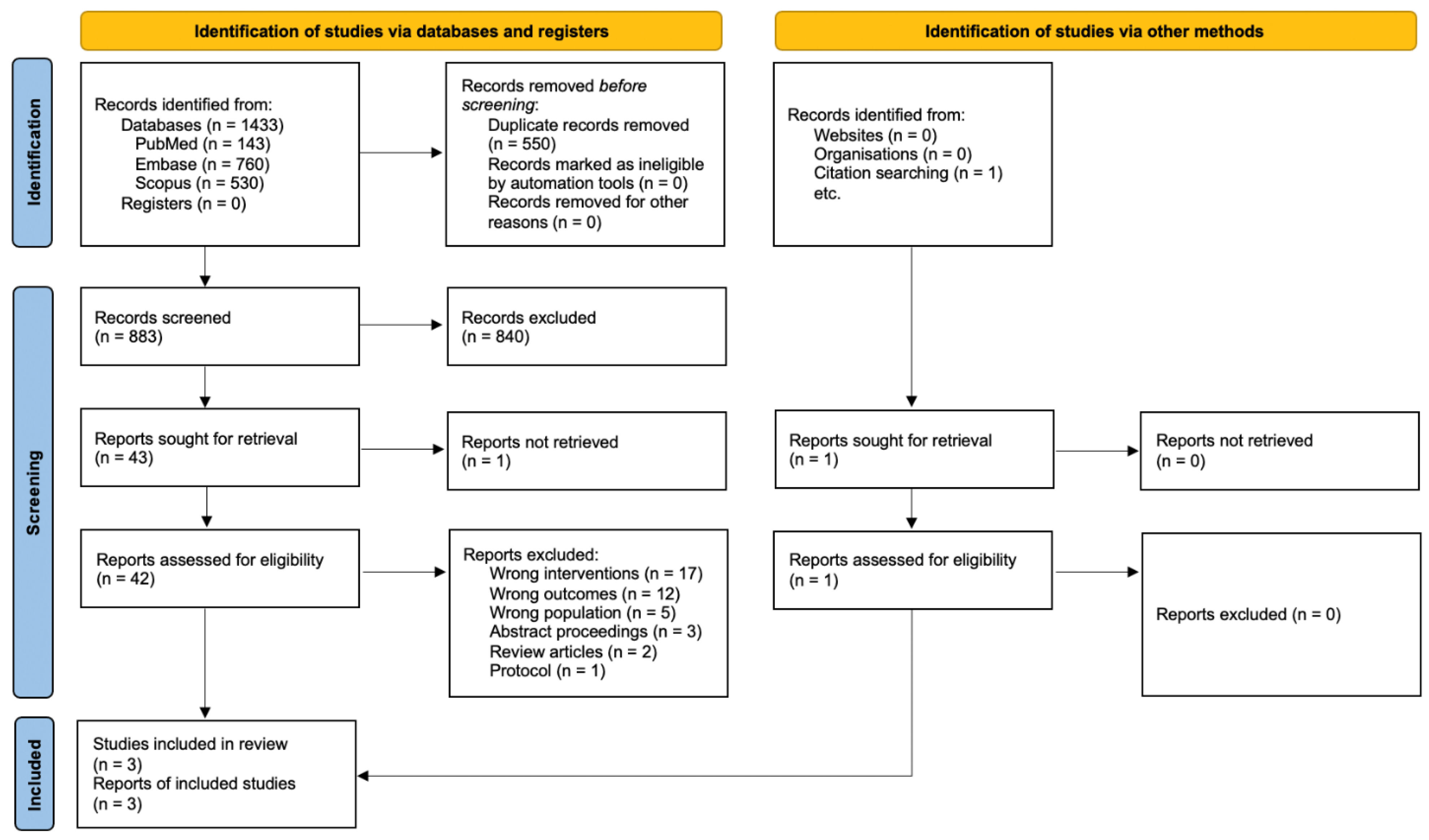Epi For Cardiac Arrest - Epinephrine is the primary drug administered during cardiopulmonary resuscitation (cpr) to reverse cardiac arrest. Epinephrine, 1 mg, is used as a blunt instrument during cpr to increase the rate of rosc and survival to discharge. Epinephrine, also known as adrenaline, is a potent vasopressor used in the management of cardiac arrest. It is included in the acls guidelines due.
Epinephrine is the primary drug administered during cardiopulmonary resuscitation (cpr) to reverse cardiac arrest. Epinephrine, 1 mg, is used as a blunt instrument during cpr to increase the rate of rosc and survival to discharge. Epinephrine, also known as adrenaline, is a potent vasopressor used in the management of cardiac arrest. It is included in the acls guidelines due.
It is included in the acls guidelines due. Epinephrine, also known as adrenaline, is a potent vasopressor used in the management of cardiac arrest. Epinephrine is the primary drug administered during cardiopulmonary resuscitation (cpr) to reverse cardiac arrest. Epinephrine, 1 mg, is used as a blunt instrument during cpr to increase the rate of rosc and survival to discharge.
PPT Pushdose epinephrine PowerPoint Presentation, free download ID
Epinephrine, also known as adrenaline, is a potent vasopressor used in the management of cardiac arrest. Epinephrine, 1 mg, is used as a blunt instrument during cpr to increase the rate of rosc and survival to discharge. It is included in the acls guidelines due. Epinephrine is the primary drug administered during cardiopulmonary resuscitation (cpr) to reverse cardiac arrest.
Epinephrine in out of hospital cardiac arrest a review of all the
Epinephrine, also known as adrenaline, is a potent vasopressor used in the management of cardiac arrest. Epinephrine, 1 mg, is used as a blunt instrument during cpr to increase the rate of rosc and survival to discharge. Epinephrine is the primary drug administered during cardiopulmonary resuscitation (cpr) to reverse cardiac arrest. It is included in the acls guidelines due.
Study Examines Optimal Epinephrine Delivery Time in Cardiac Arrest
Epinephrine, also known as adrenaline, is a potent vasopressor used in the management of cardiac arrest. It is included in the acls guidelines due. Epinephrine, 1 mg, is used as a blunt instrument during cpr to increase the rate of rosc and survival to discharge. Epinephrine is the primary drug administered during cardiopulmonary resuscitation (cpr) to reverse cardiac arrest.
Medication Review All About Epinephrine — EMS.Aware
Epinephrine, also known as adrenaline, is a potent vasopressor used in the management of cardiac arrest. Epinephrine is the primary drug administered during cardiopulmonary resuscitation (cpr) to reverse cardiac arrest. It is included in the acls guidelines due. Epinephrine, 1 mg, is used as a blunt instrument during cpr to increase the rate of rosc and survival to discharge.
Deep Dive into the Evidence Epinephrine in Cardiac Arrest EMRA
Epinephrine is the primary drug administered during cardiopulmonary resuscitation (cpr) to reverse cardiac arrest. Epinephrine, 1 mg, is used as a blunt instrument during cpr to increase the rate of rosc and survival to discharge. Epinephrine, also known as adrenaline, is a potent vasopressor used in the management of cardiac arrest. It is included in the acls guidelines due.
Epinephrine in Cardiac Arrest JEMS EMS, Emergency Medical Services
It is included in the acls guidelines due. Epinephrine, 1 mg, is used as a blunt instrument during cpr to increase the rate of rosc and survival to discharge. Epinephrine is the primary drug administered during cardiopulmonary resuscitation (cpr) to reverse cardiac arrest. Epinephrine, also known as adrenaline, is a potent vasopressor used in the management of cardiac arrest.
Deep Dive into the Evidence Epinephrine in Cardiac Arrest EMRA
Epinephrine, 1 mg, is used as a blunt instrument during cpr to increase the rate of rosc and survival to discharge. It is included in the acls guidelines due. Epinephrine is the primary drug administered during cardiopulmonary resuscitation (cpr) to reverse cardiac arrest. Epinephrine, also known as adrenaline, is a potent vasopressor used in the management of cardiac arrest.
JCM Free FullText How Epinephrine Administration Interval Impacts
Epinephrine is the primary drug administered during cardiopulmonary resuscitation (cpr) to reverse cardiac arrest. It is included in the acls guidelines due. Epinephrine, also known as adrenaline, is a potent vasopressor used in the management of cardiac arrest. Epinephrine, 1 mg, is used as a blunt instrument during cpr to increase the rate of rosc and survival to discharge.
Epinephrine 110000(1) Epinephrine 110,000 preparation, p… Flickr
Epinephrine, 1 mg, is used as a blunt instrument during cpr to increase the rate of rosc and survival to discharge. It is included in the acls guidelines due. Epinephrine is the primary drug administered during cardiopulmonary resuscitation (cpr) to reverse cardiac arrest. Epinephrine, also known as adrenaline, is a potent vasopressor used in the management of cardiac arrest.
Epinephrine For Cardiac Arrest.7 PDF Cardiac Arrest
It is included in the acls guidelines due. Epinephrine, 1 mg, is used as a blunt instrument during cpr to increase the rate of rosc and survival to discharge. Epinephrine is the primary drug administered during cardiopulmonary resuscitation (cpr) to reverse cardiac arrest. Epinephrine, also known as adrenaline, is a potent vasopressor used in the management of cardiac arrest.
It Is Included In The Acls Guidelines Due.
Epinephrine, 1 mg, is used as a blunt instrument during cpr to increase the rate of rosc and survival to discharge. Epinephrine, also known as adrenaline, is a potent vasopressor used in the management of cardiac arrest. Epinephrine is the primary drug administered during cardiopulmonary resuscitation (cpr) to reverse cardiac arrest.









